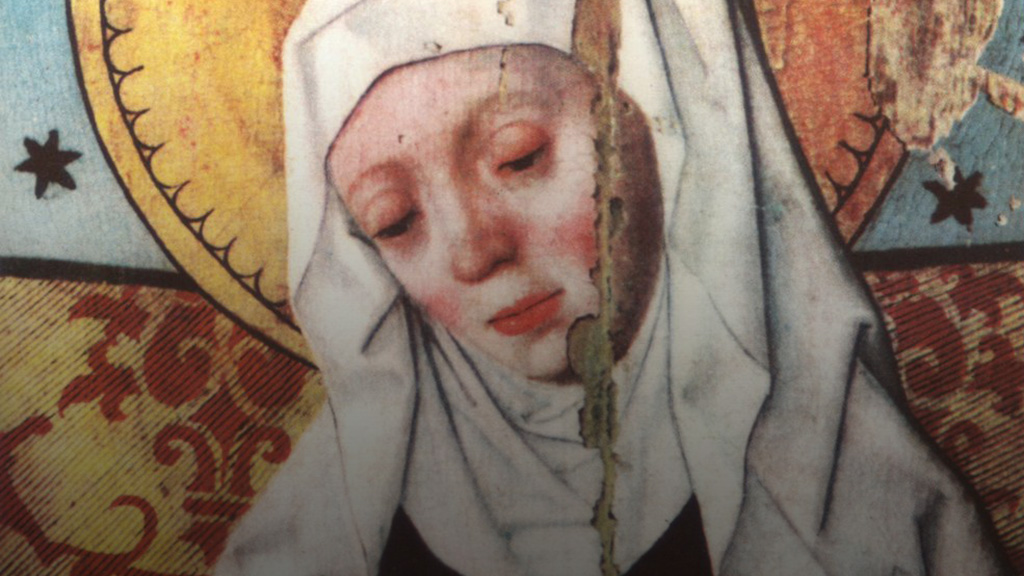
Medieval cults of saints in Sweden and Finland
Sara Ellis Nilsson, PhD, Linnaeus University
Link to project: Mapping Lived Religion
Contact: sara.ellisnilsson@lnu.se
Why were Saints instrumental in forming the mental and physical relationships medieval Scandinavians had with their surrounding environments? Saints were important links between heaven and earth but they also affected the landscape, the calendar and the perception of time itself, and set people in motion as pilgrims. Sources associated with saints provides a wealth of material to study daily life, social relationships and values. This cultural heritage material includes church and altar dedications, art, miracle tales and inventories. Some research has been done, but interdisciplinary studies with a complete overview are missing. No comprehensive mapping of saints’ cults exists for the medieval Swedish church province, most of modern Sweden and Finland, for the years 1164 to 1593. The project will build a comprehensive online database providing open-access across cultural heritage collections, both textual and material, and digitize material in collaboration with the National Historical Museums and Swedish National Heritage Board. The project will create interactive, digital maps that allow users to sort churches, parishes and cult-sites chronologically, geographically and by saint. These resources will enable new, in-depth investigations into the culture of medieval and early modern Scandinavia. The database and maps are the project’s major digital publication, important for future research.


